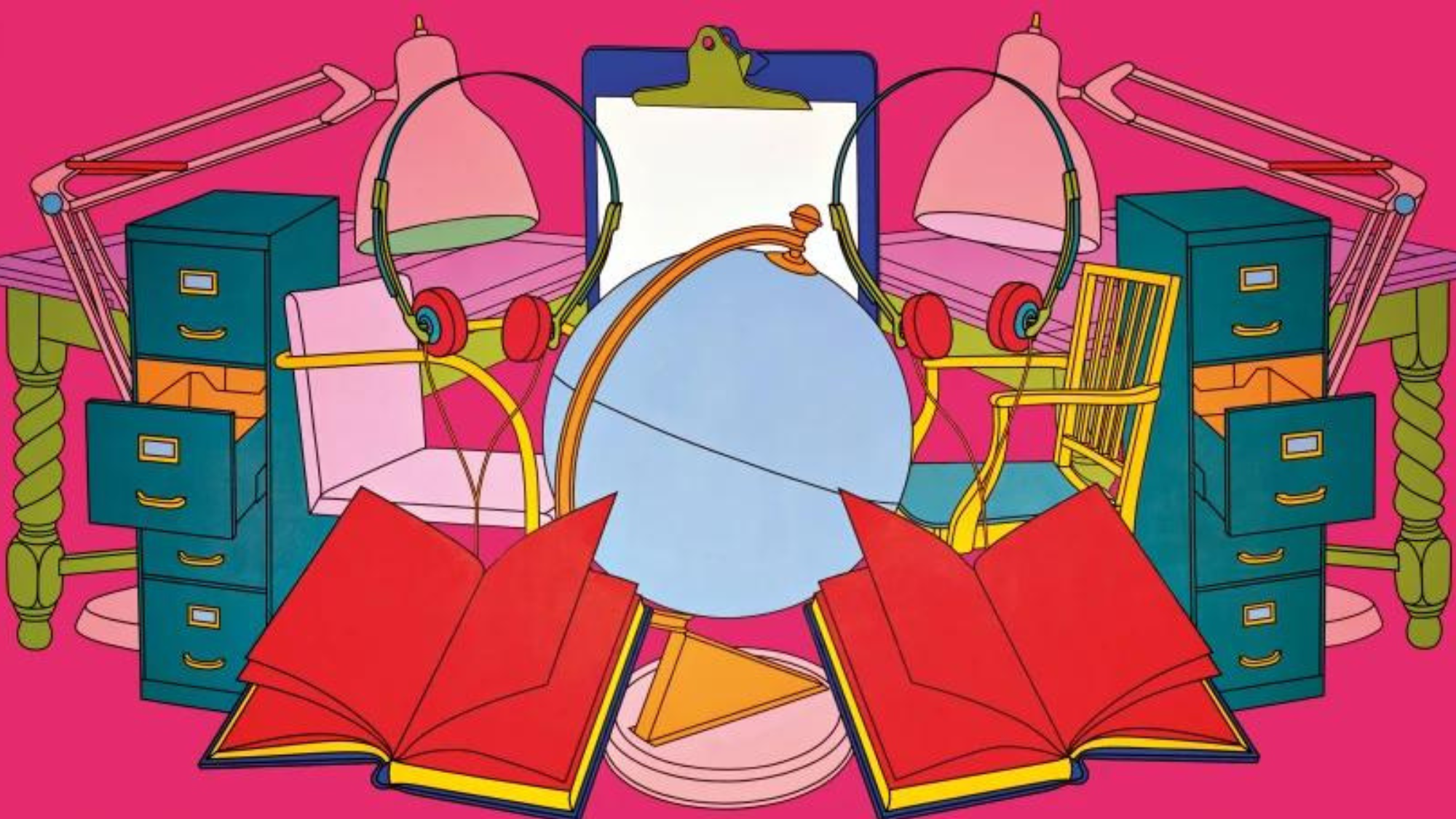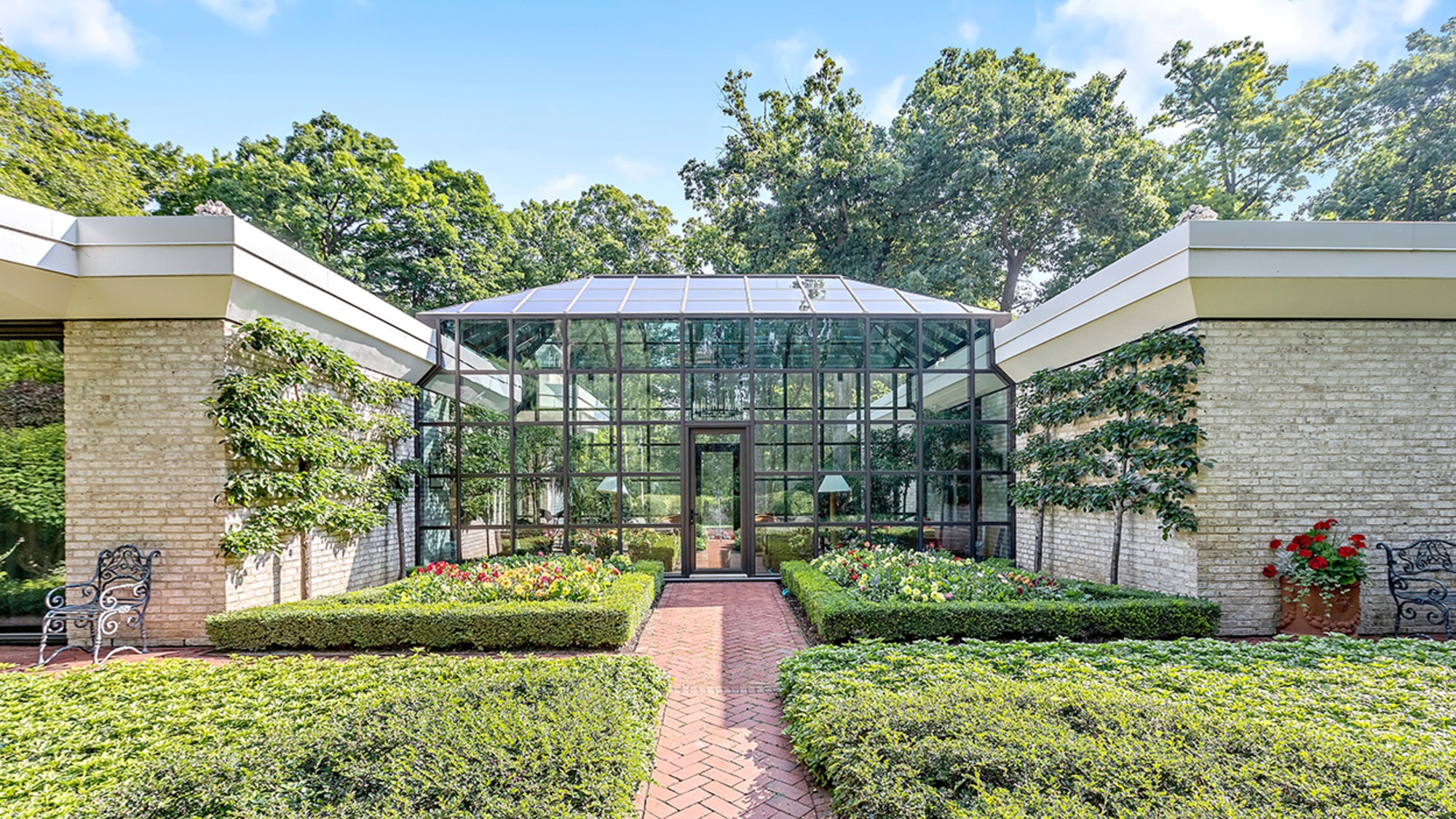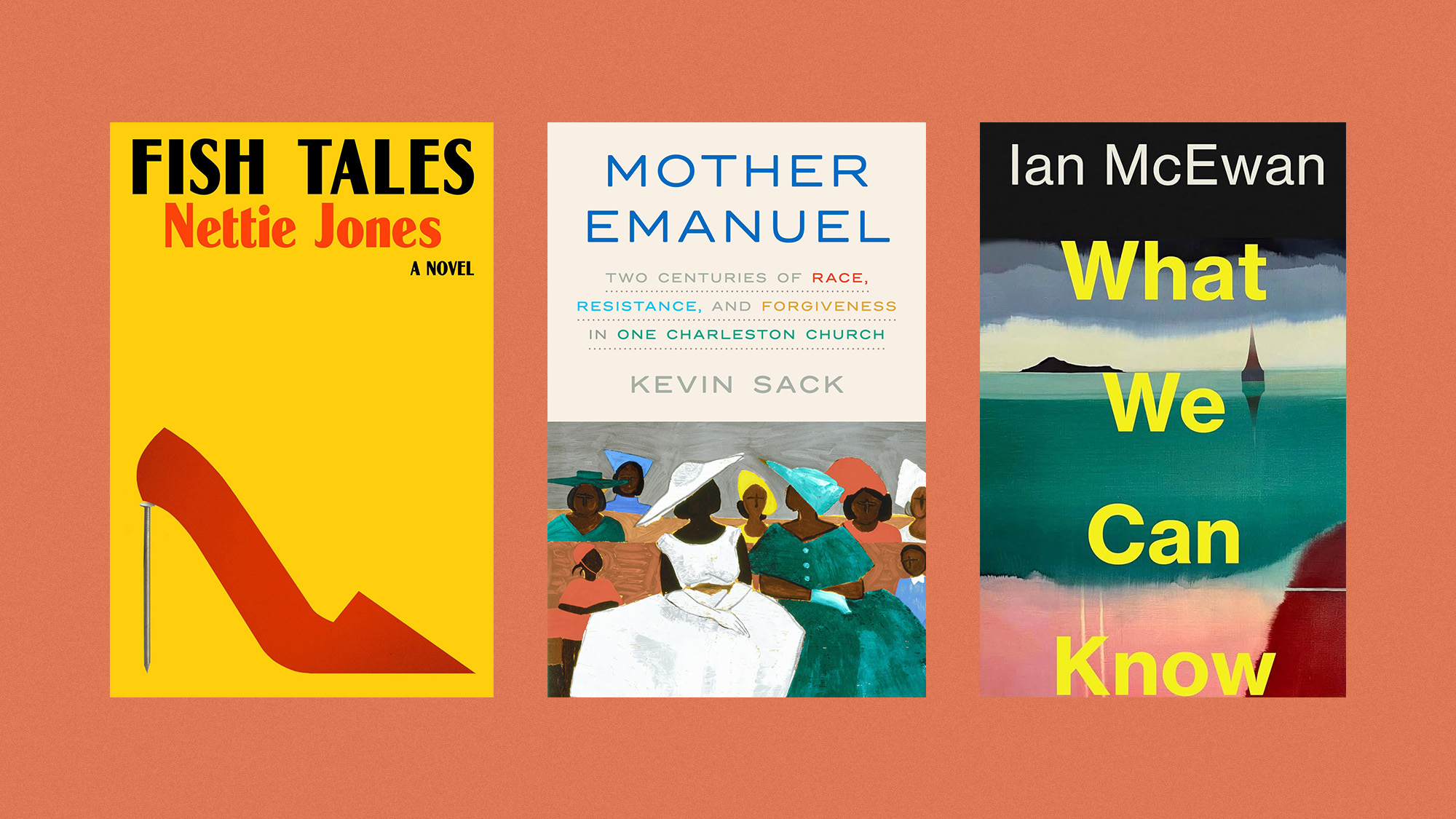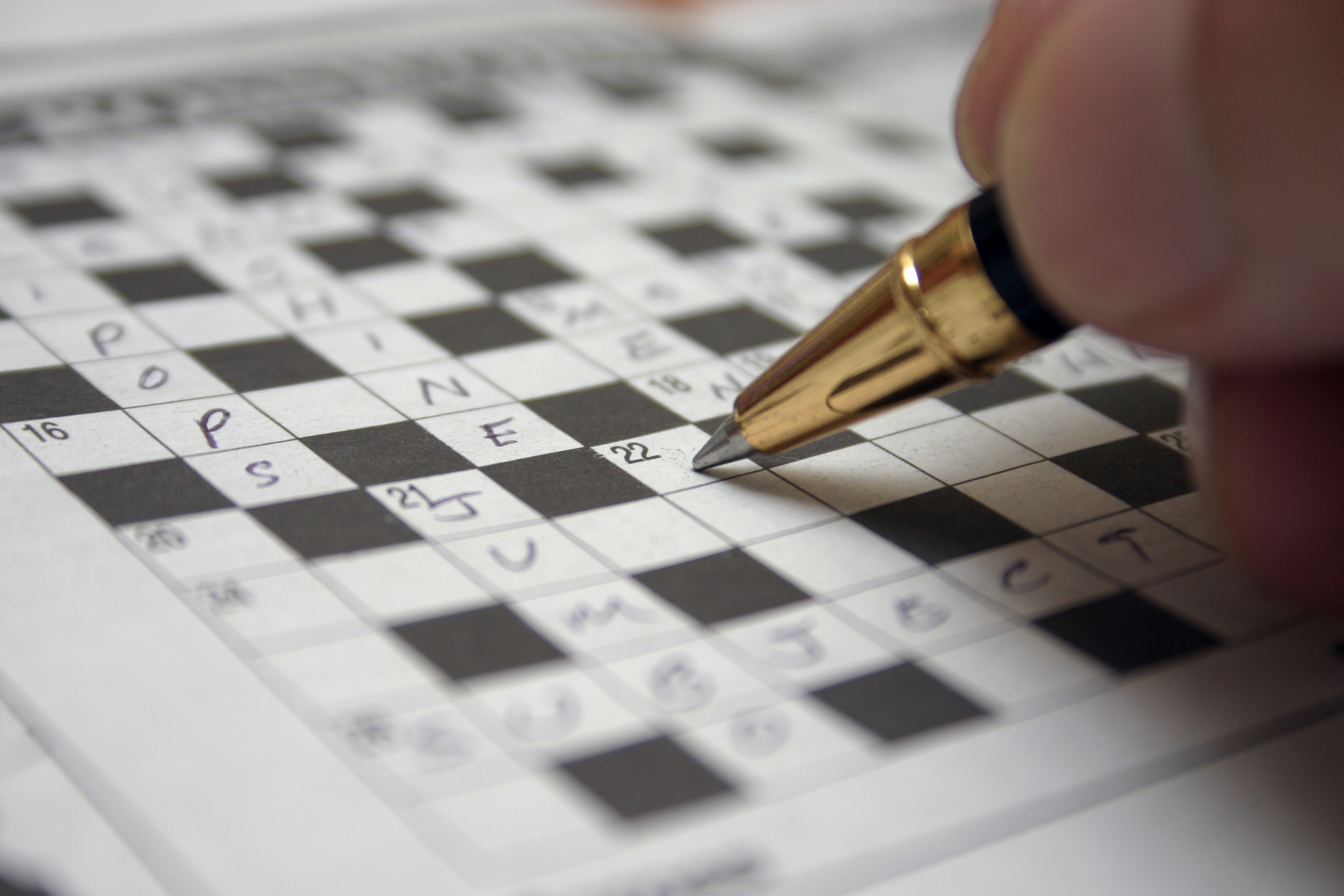Michael Craig-Martin at the Royal Academy: an 'inescapably joyful' exhibition
'Career-spanning retrospective' features early avant-garde experiments and immersive digital works

Now 83, the Irish-born artist Michael Craig-Martin has waited a long time for this "career-spanning retrospective" at the Royal Academy, said Nancy Durrant in the London Evening Standard.
Craig-Martin is probably best known as the "beloved tutor" to Damien Hirst and other Young British Artists in the 1980s – a role that has sometimes eclipsed his own not inconsiderable achievements.
In the late 1960s and early 1970s he became renowned as a conceptual artist, making headlines with "thought-provoking" works. Yet soon Craig-Martin changed tack and returned in the late 1970s to painting and drawing – creating recognisable images of everyday objects, from cassettes to shoes to smartphones and polystyrene cups, rendered unmistakably his own on account of the "vivid", candy-coloured palette he uses.
The Week
Escape your echo chamber. Get the facts behind the news, plus analysis from multiple perspectives.

Sign up for The Week's Free Newsletters
From our morning news briefing to a weekly Good News Newsletter, get the best of The Week delivered directly to your inbox.
From our morning news briefing to a weekly Good News Newsletter, get the best of The Week delivered directly to your inbox.
Although "underpinned by serious conceptual ideas" relating to consumerism and the brief shelf life of objects, these works are always oddly "cheerful". This show brings together pieces created throughout his career, from his early avant-garde experiments to "an immersive digital work" created specially for the event. It is an "inescapably joyful" experience.
Craig-Martin's early works are "classics" of conceptual art, said Jonathan Jones in The Guardian. The first thing we see here is 1973's "An Oak Tree": the work consists of a glass of water on a shelf, accompanied by text explaining that the artist has, against all visual evidence, transformed it into an oak tree. It's a work that presents "a philosophical conundrum", inverting René Magritte's famous depiction of a pipe and, at the same time, touching on medieval theological debate. It is "transubstantiation as farce", and it is by far his "most engaging work".
Sadly, his conceptual stage is confined to one room, leaving the RA's huge gallery spaces packed with the artist's trademark "safety pins, forks, iPhones, wheelie suitcases" and so on, all depicted in "neon-bright colours", "with a designer's precise perspective in a cool, clinical style". Craig-Martin has adhered to this formula for decades, and it ultimately seems "gapingly empty".
It's easy to dismiss Craig-Martin as a "one-trick pony", said Alastair Sooke in The Telegraph. The images he churns out can seem "glib" and "superficial", and in this context their bright colours "clash horribly" with the RA's grand galleries. Yet he is "a craftier artist" than his detractors allow.
A free daily email with the biggest news stories of the day – and the best features from TheWeek.com
His pictures are akin to contemporary still lifes: certain paintings – of "pills, a facemask, a syringe" – allude to "disease and death"; an "acid-green corkscrew" evokes a skeleton. "Eye of the Storm" (2002) – one of his most "forceful" paintings – depicts a chaotic vortex of household goods, suggesting "a disturbing close-up of landfill, groaning with imperishable junk". The message, it seems, is: "Here is our world. And it's heading for the tip."
Royal Academy, London W1. Until 10 December
-
 Let these comedians help you laugh your way through winter
Let these comedians help you laugh your way through winterThe Week Recommends Get some laughs from Nate Bargatze, Josh Johnson and more
-
 The 8 best drama movies of 2025
The 8 best drama movies of 2025the week recommends Nuclear war, dictatorship and the summer of 2020 highlight the most important and memorable films of 2025
-
 The best homes of the year
The best homes of the yearFeature Featuring a former helicopter engine repair workshop in Washington, D.C. and high-rise living in San Francisco
-
 Critics’ choice: The year’s top 10 movies
Critics’ choice: The year’s top 10 moviesFeature ‘One Battle After Another’ and ‘It Was Just an Accident’ stand out
-
 A luxury walking tour in Western Australia
A luxury walking tour in Western AustraliaThe Week Recommends Walk through an ‘ancient forest’ and listen to the ‘gentle hushing’ of the upper canopy
-
 Joanna Trollope: novelist who had a No. 1 bestseller with The Rector’s Wife
Joanna Trollope: novelist who had a No. 1 bestseller with The Rector’s WifeIn the Spotlight Trollope found fame with intelligent novels about the dramas and dilemmas of modern women
-
 The best books of 2025
The best books of 2025The Week Recommends A deep dive into the site of a mass shooting, a new release from the author of ‘Atonement’ and more
-
 Appetites now: 2025 in food trends
Appetites now: 2025 in food trendsFeature From dining alone to matcha mania to milk’s comeback


